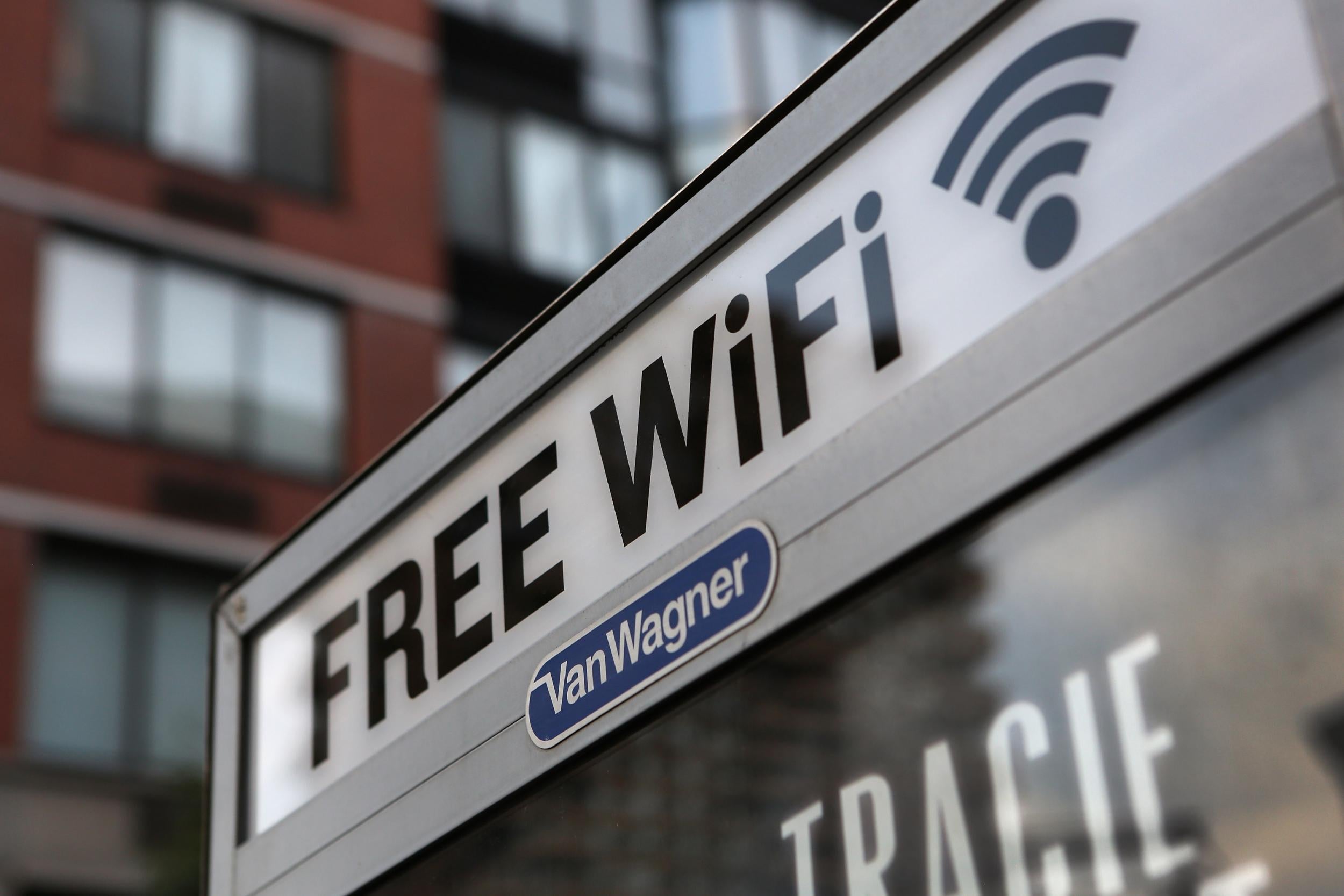Researchers successfully test LiFi - a new type of wireless internet that's 100 times faster
Using LiFi, high-defintion films could be downloaded in the blink of an eye

Your support helps us to tell the story
From reproductive rights to climate change to Big Tech, The Independent is on the ground when the story is developing. Whether it's investigating the financials of Elon Musk's pro-Trump PAC or producing our latest documentary, 'The A Word', which shines a light on the American women fighting for reproductive rights, we know how important it is to parse out the facts from the messaging.
At such a critical moment in US history, we need reporters on the ground. Your donation allows us to keep sending journalists to speak to both sides of the story.
The Independent is trusted by Americans across the entire political spectrum. And unlike many other quality news outlets, we choose not to lock Americans out of our reporting and analysis with paywalls. We believe quality journalism should be available to everyone, paid for by those who can afford it.
Your support makes all the difference.A new type of wireless internet technology has been developed that could provide a connection that's 100 times faster than traditional WiFi.
The tech is called LiFi, and was tested by an Estonian start-up called Velmenni, who are currently trialling it in offices.
LiFi has proved capable of sending data at speeds of up to 1GBps, around 100 times faster than most current WiFi connections.
At speeds like this, albums, high-definition films and even video games could be downloaded in a matter of seconds.
The speed is down to the way in which it transmits data - by using Visible Light Communication (VLC), data is sent between networks by LED lights that flicker incredibly fast.
The technology does have one major limitation - because it relies on visible light to work, it can't pass through walls.
However, this makes the network much more secure. The dramatically increased speeds make it a big improvement on current technology for some applications as well.
Professor Harald Haas, from the University of Edinburgh, pioneered the technology and coined the term LiFi in 2011, but this is the first time it's been used in a 'real world' setting.
Deepak Solanki, CEO of Velmenni, told the Interational Business Times that the technology could be rolled out to consumers within the next three to four years.
However, due to LiFi's limitations, it would be likely to run in parallel with existing technology to increase a network's speed and efficiency.
However, if the infastructure catches up, LiFi could become much more widely used, especially if it's transmitted through our lightbulbs, as Professor Haas suggested in a 2011 TED Talk.
As Haas said: "All we need to do is fit a small microchip to every potential illumination device and this would then combine two basic functionalities: illumination and wireless data transmission."
"In the future we will not only have 14 billion light bulbs, we may have 14 billion Li-Fis deployed worldwide for a cleaner, greener and even brighter future."
Join our commenting forum
Join thought-provoking conversations, follow other Independent readers and see their replies
Comments